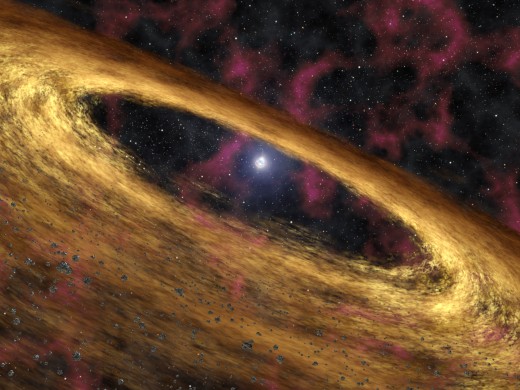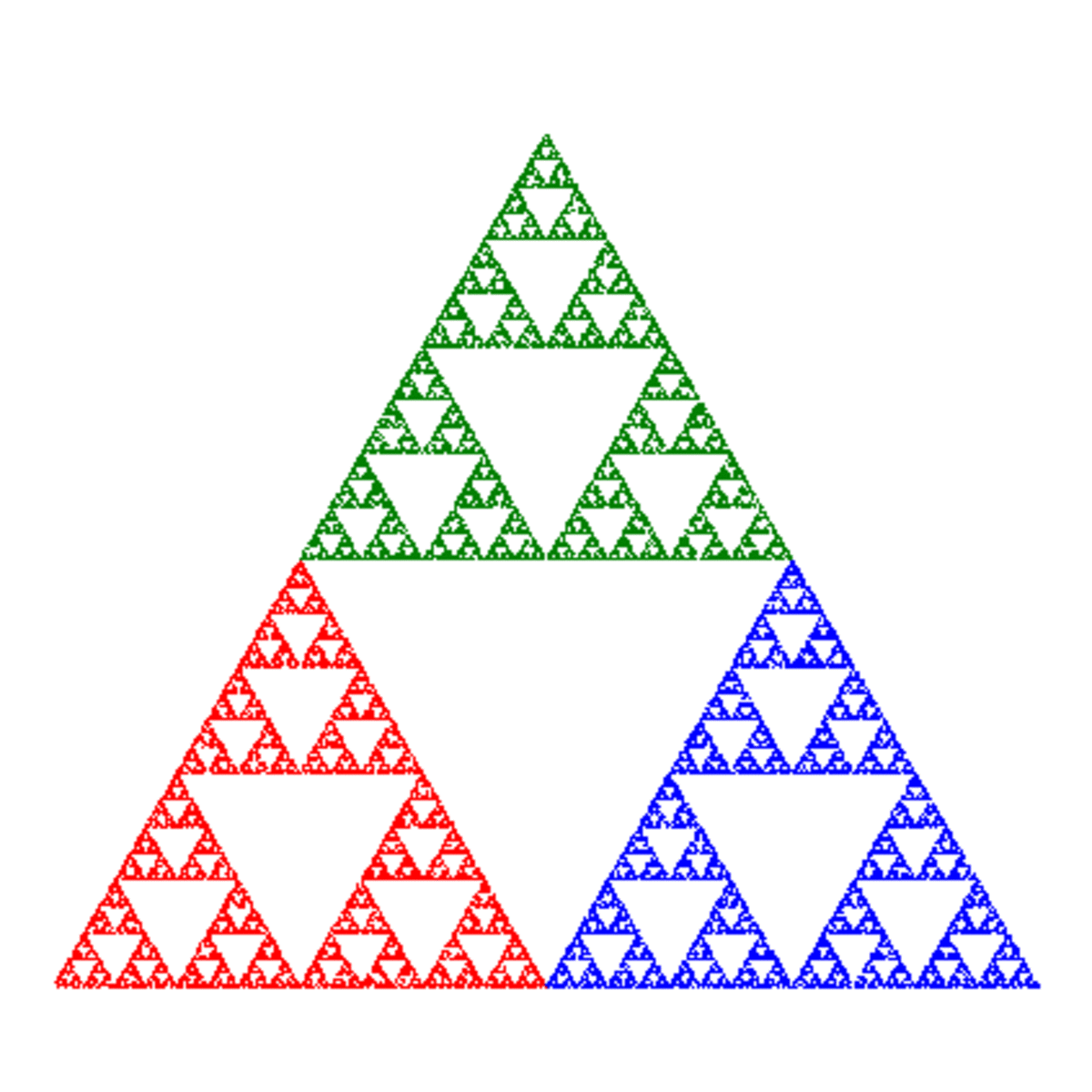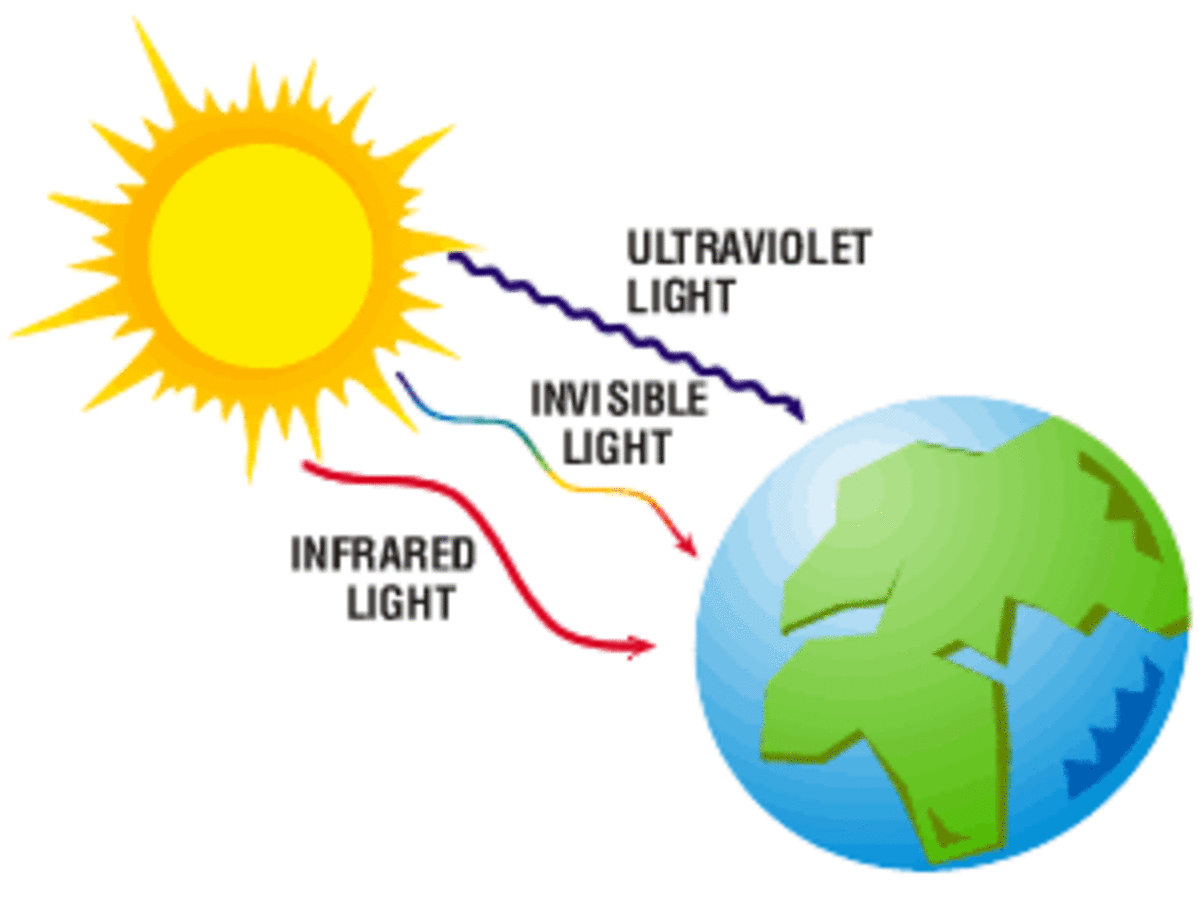Pulsars

A pulsar is a highly magnetized, rotating neutron star. These stars emit beams of electromagnetic radiation. The pulses are due to the lighthouse effect: we can only receive these signals when the beams the neutron star emits are pointed towards the Earth. When the neutron star rotates away from the Earth, then we aren't receiving these signals. The period of rotation of a neutron star is so regular that you can tell time with the pulses: the pulses are as precise and regular as an atomic clock.
Pulsars are known to have planets orbiting them. They are very stable stars.
Originally, there was some speculation that the pulsing signals were indicative of extraterrestrial intelligence in the universe. The belief was never popular with scientists, even though it did get some popular press. SOMEONE OUT THERE WAS SENDING US SIGNALS! The scientists didn't believe it and searched for another explanation. For one thing, the pulses were so regular as to be meaningless as language. The scientists, in an unusual burst of sarcasm, named the first pulsar LGM-1, for "little green men".
Werner Beck of the Max Planck Institute for Extraterrestrial Physics said, in 2 006:
"The theory of how pulsars emit their radiation is still in its infancy, even after nearly forty year's work."
The word "pulsar", a contraction of "pulsating star", first appeared in print in 1968. LGM-1 was renamed "CP 1919". It emits electromagnetic radiation in the form of radio waves. Some pulsars emit visible light, X-ray radiation, or gamma rays, in their rotation emissions.
The suggestion that pulsars were rotating neutron stars was put forth by Thomas Gold in 1968, and Francis Pacini, also in 1968, independently. This theory was confirmed with the identification of a pulsar in the Crab nebula with a very short (33 millisecond) rotational pulse.
Though the first pulsar was observed in July of 1967, the Nobel Prize for this discovery wasn't awarded until 1974. Dr. Antony Hewish was the first person to be awarded the Nobel Prize in physics for astronomy. There was some controversy at this--partly because pulsars weren't exclusively and solely Dr. Hewish's discovery. Jocelyn Bell Burnell actually made the original discovery. She was Dr. Hewish's Ph.D student.
The prevalent theory, now, as to why pulsars pulse:
- A beam of radiation points towards Earth at every rotation of the star
- The rotational axis and the electromagnetic axis of the neutron star aren't aligned.
- The beam comes from the electromagnetic poles of the neutron star
- The magnetic poles of the star are offset by the rotational poles of the star by a wide angle.
Occasionally a pulsar exhibits a glitch . This was even more fascinating and puzzling than the original discovery. What could make this happen? What could alter the period of rotational pulse of a pulsar?
One postulate is that these glitches in the pulse are a result of a massive starquake , that re-distributes the crust of the star, altering the axis of the electromagnetic pole for a period, until the crust settles. Another postulate: a decoupling of the superconductive interior of the star. In both cases, the star's moment of inertia changes, but it's angular momentum does not, making a change in the period of rotation of the star.








